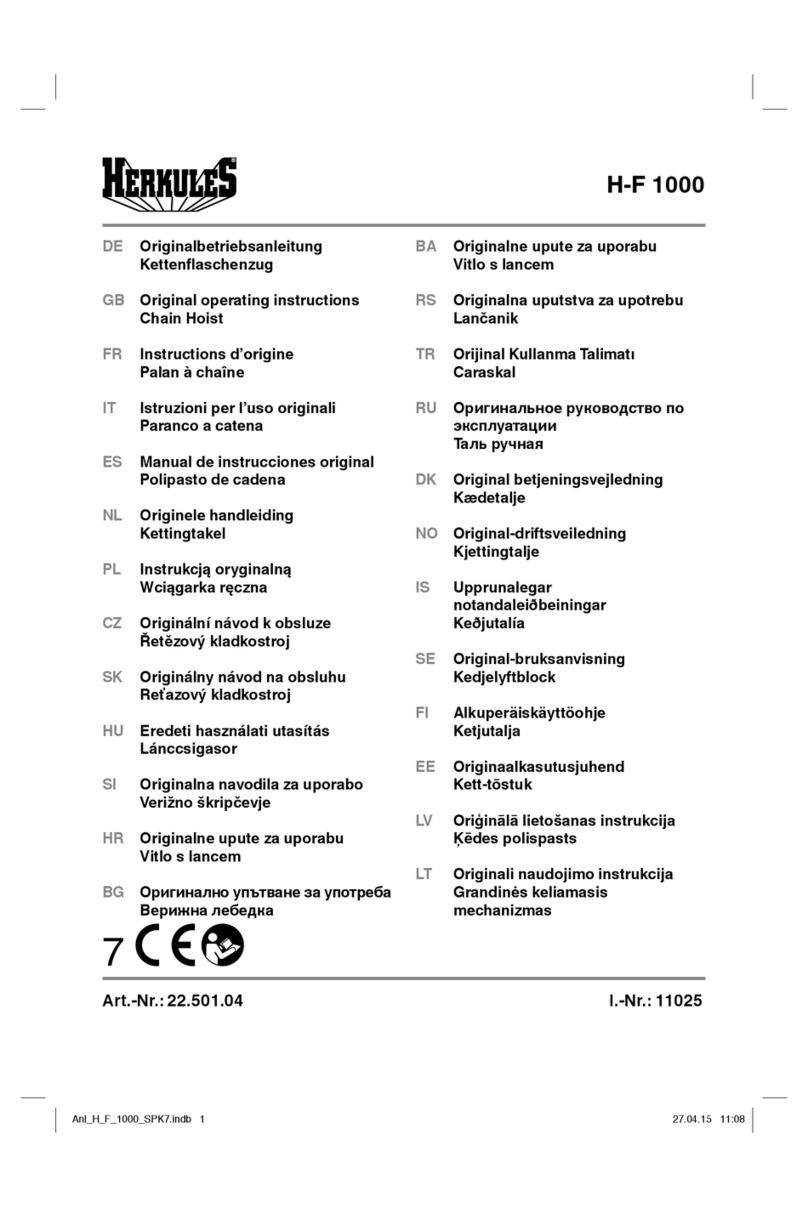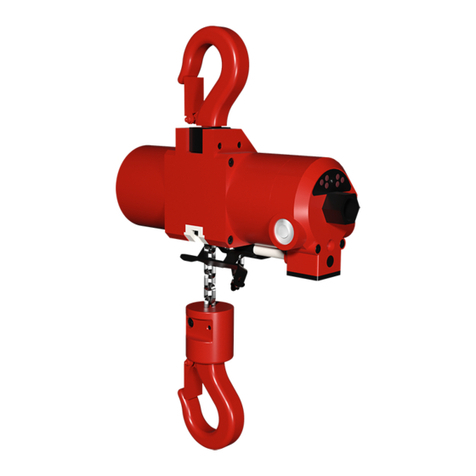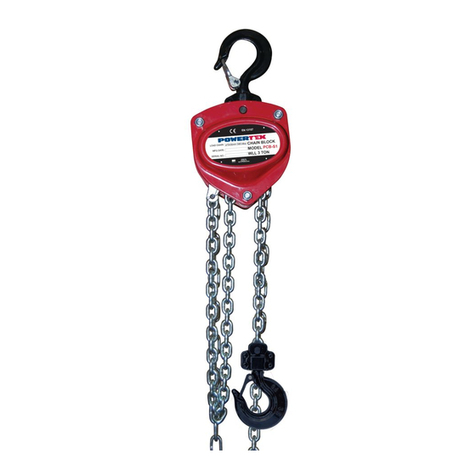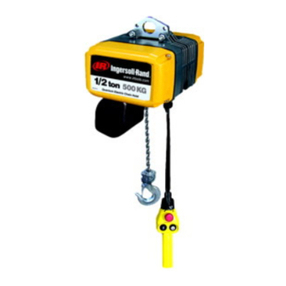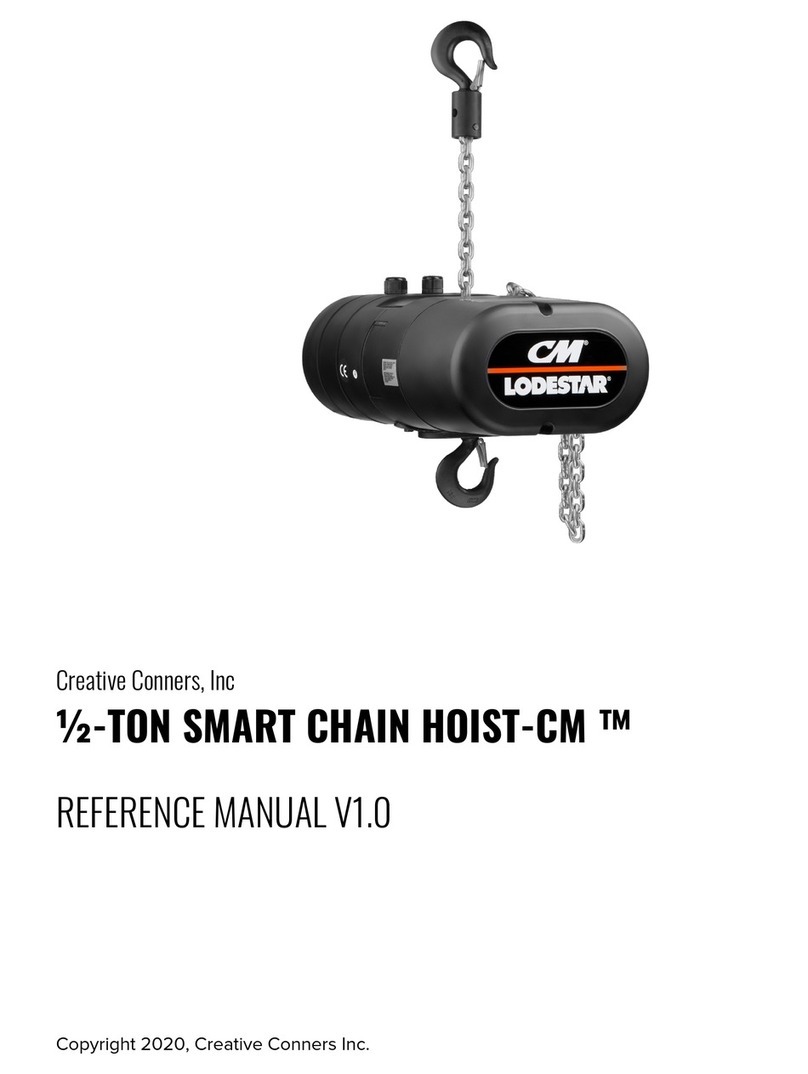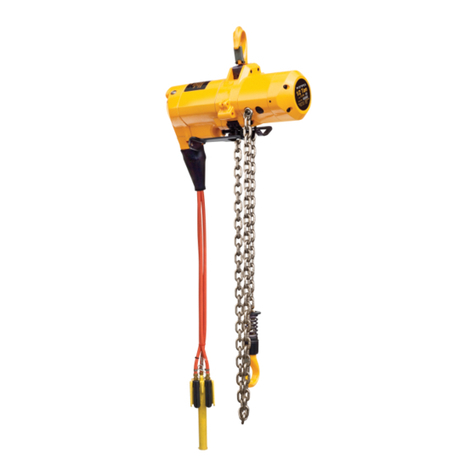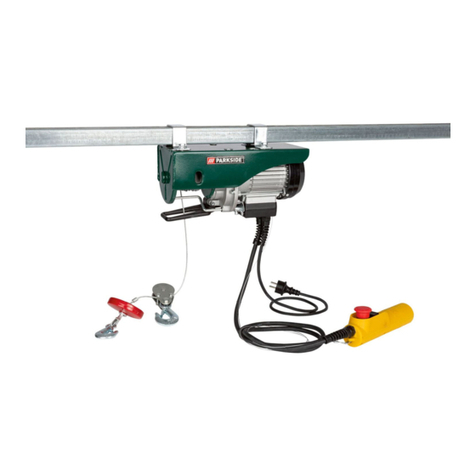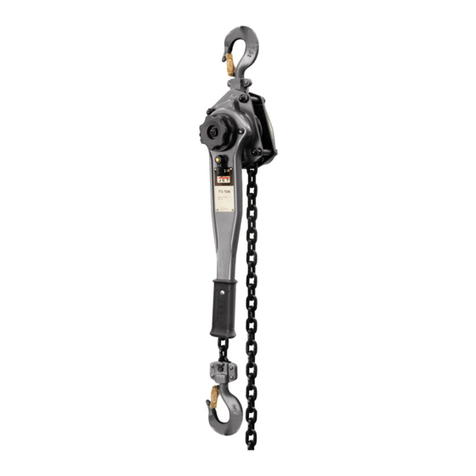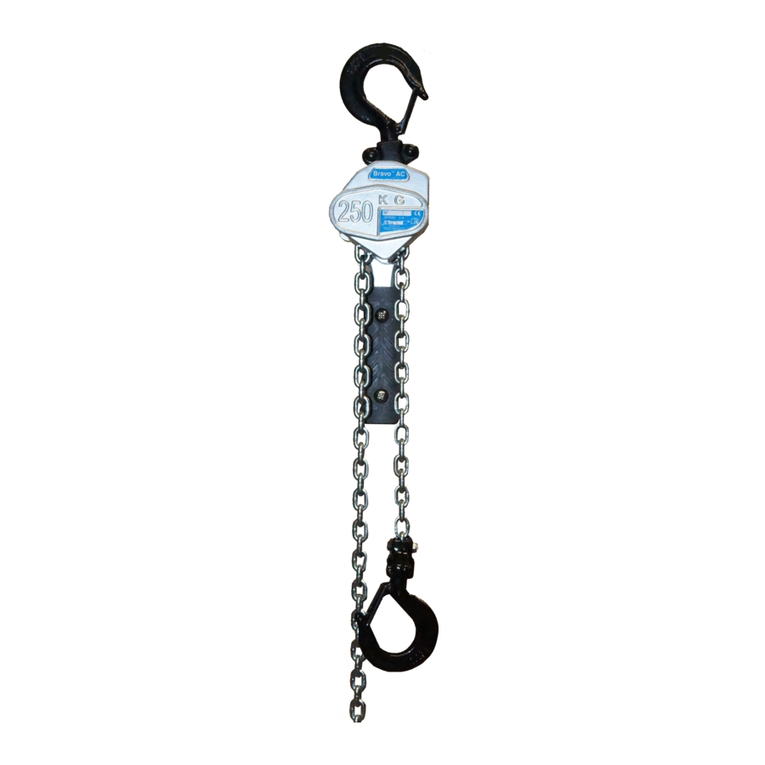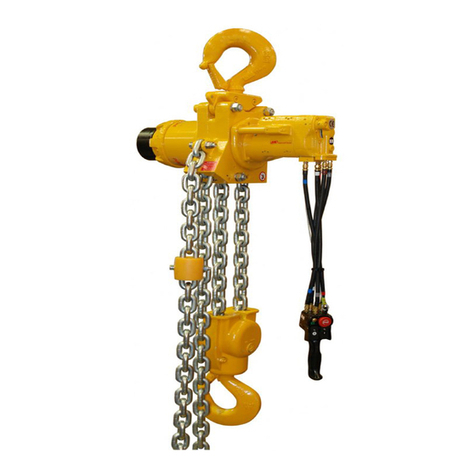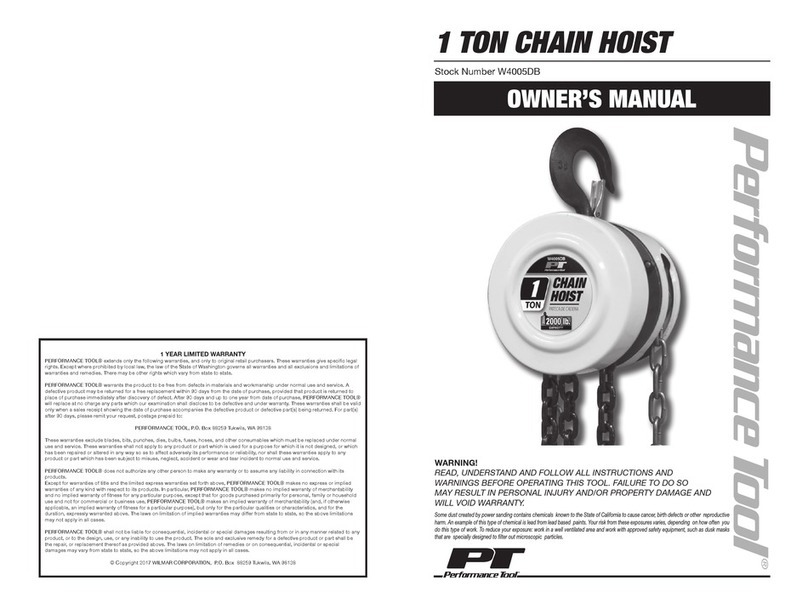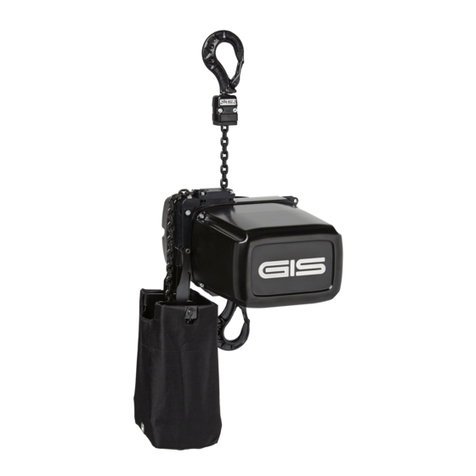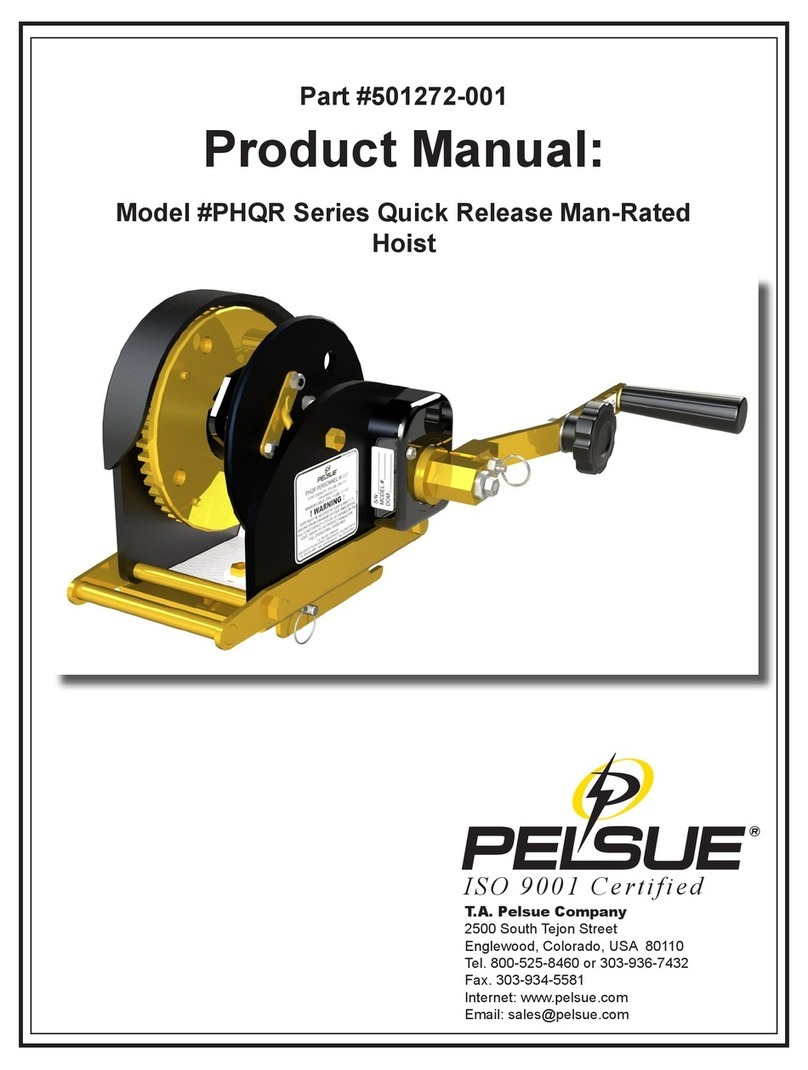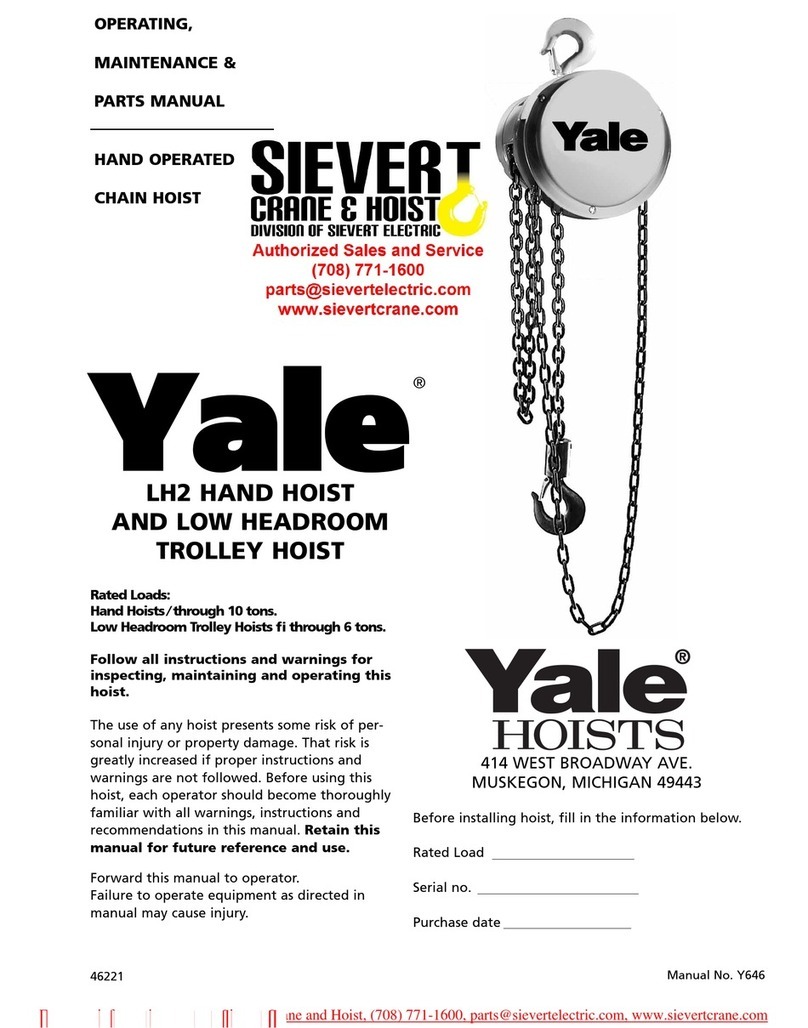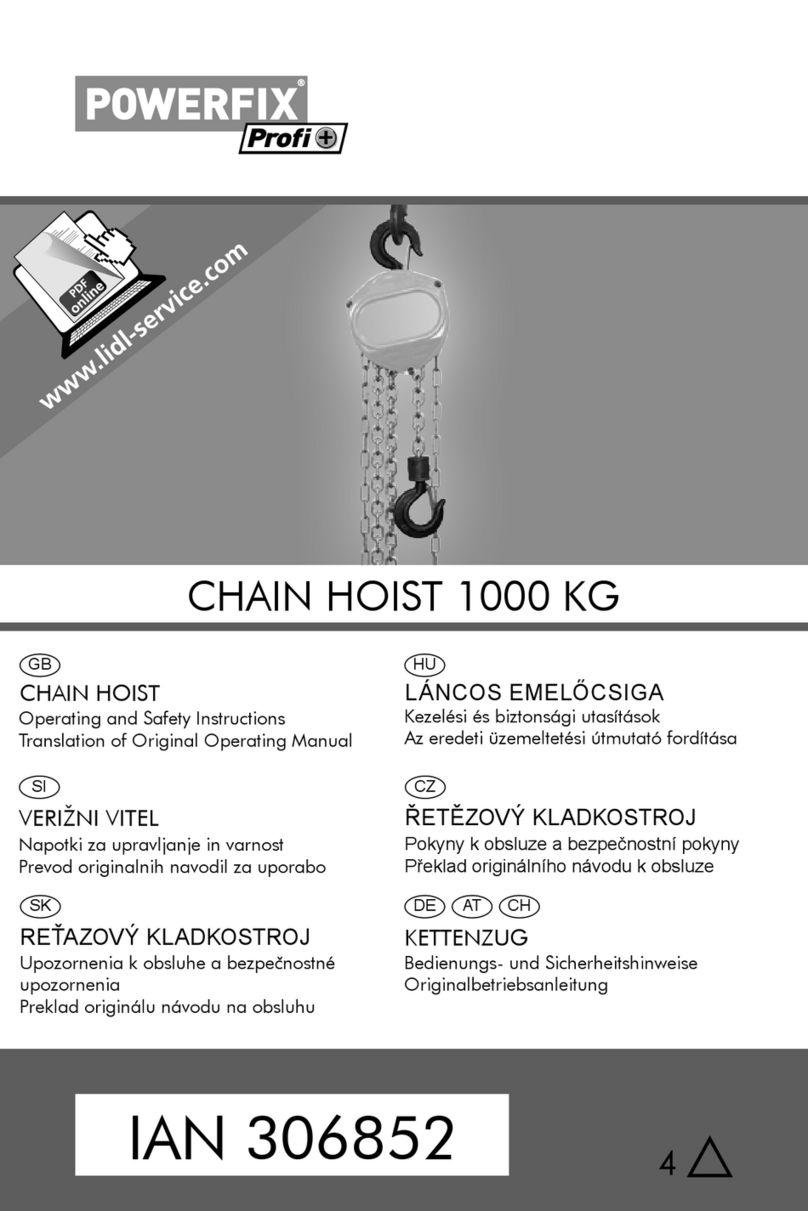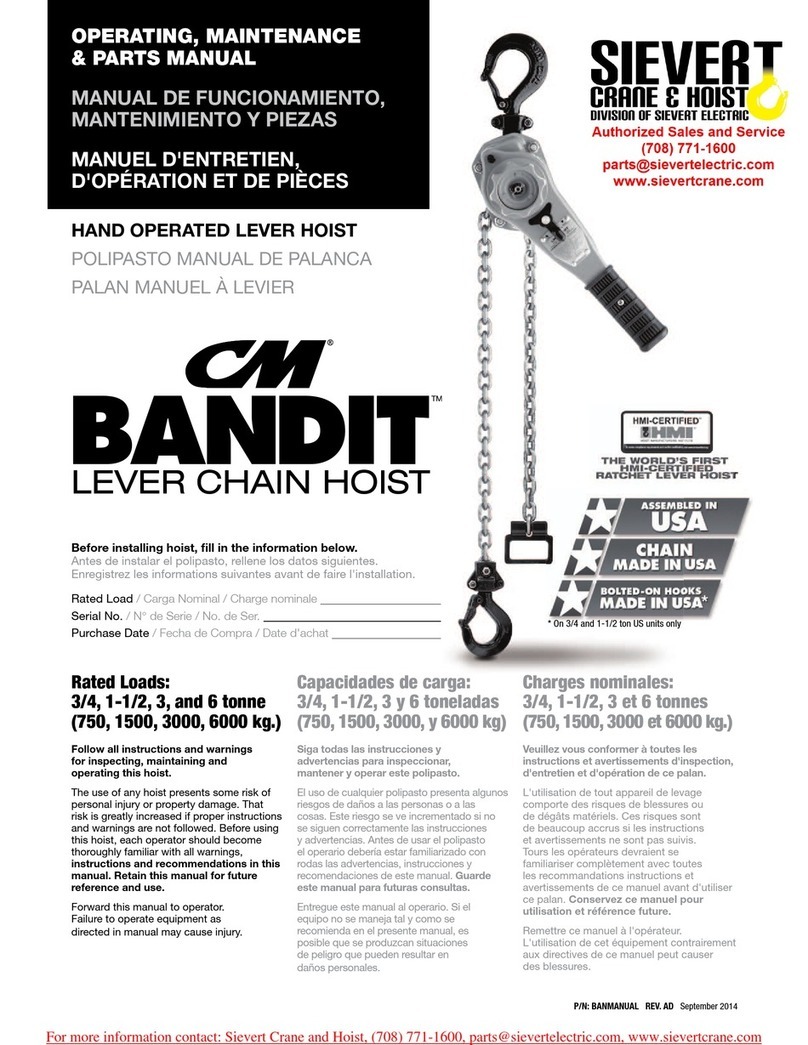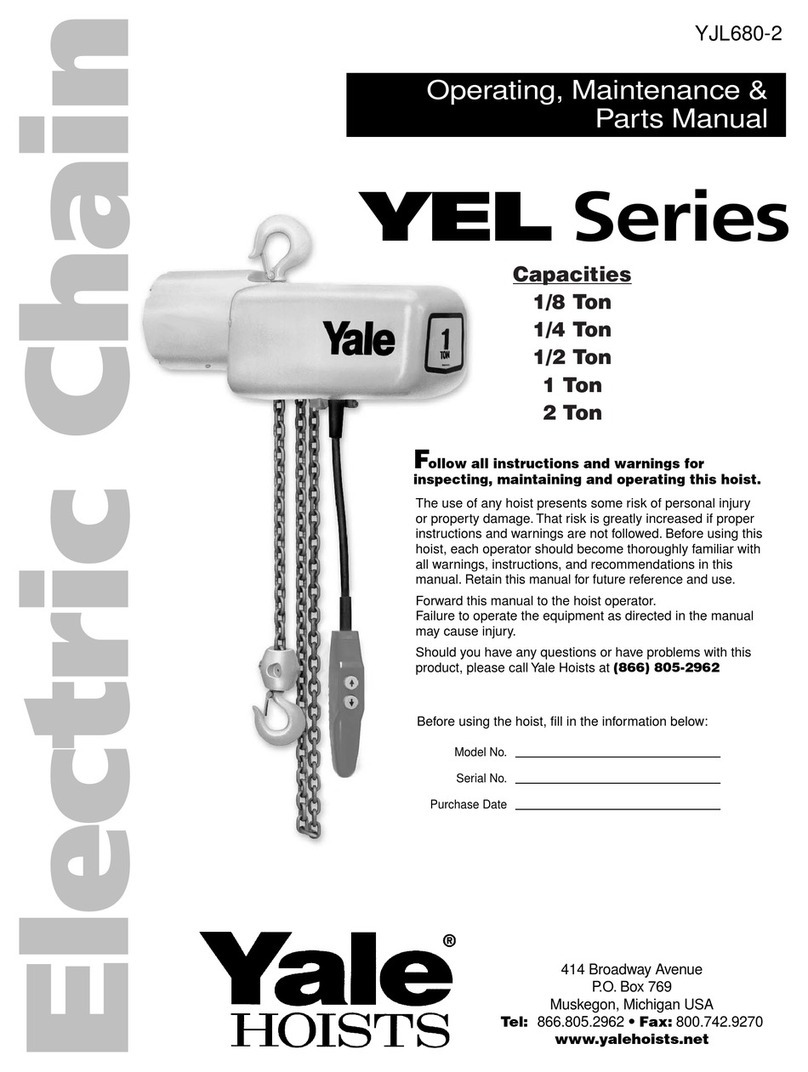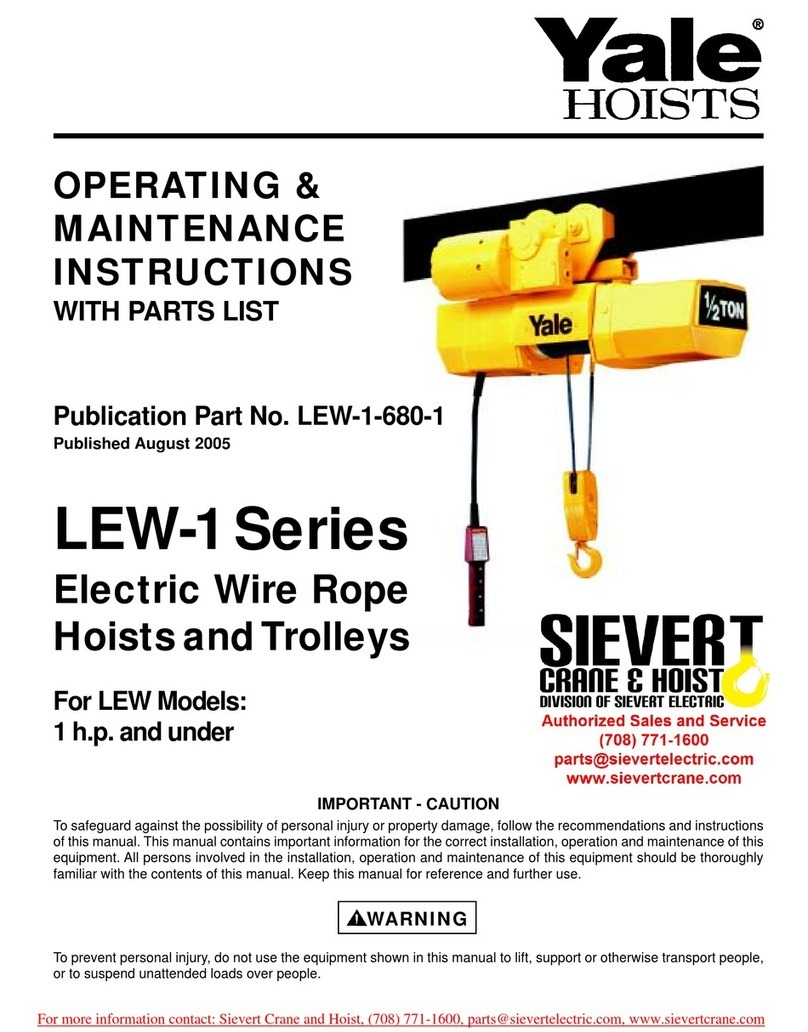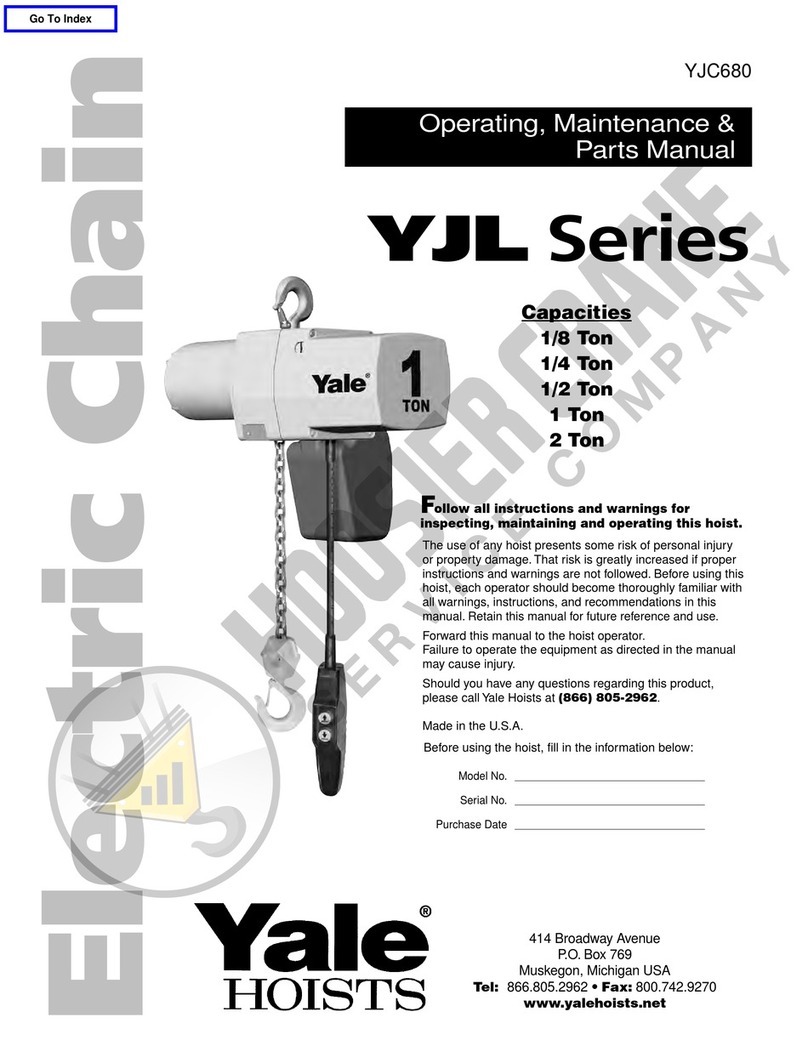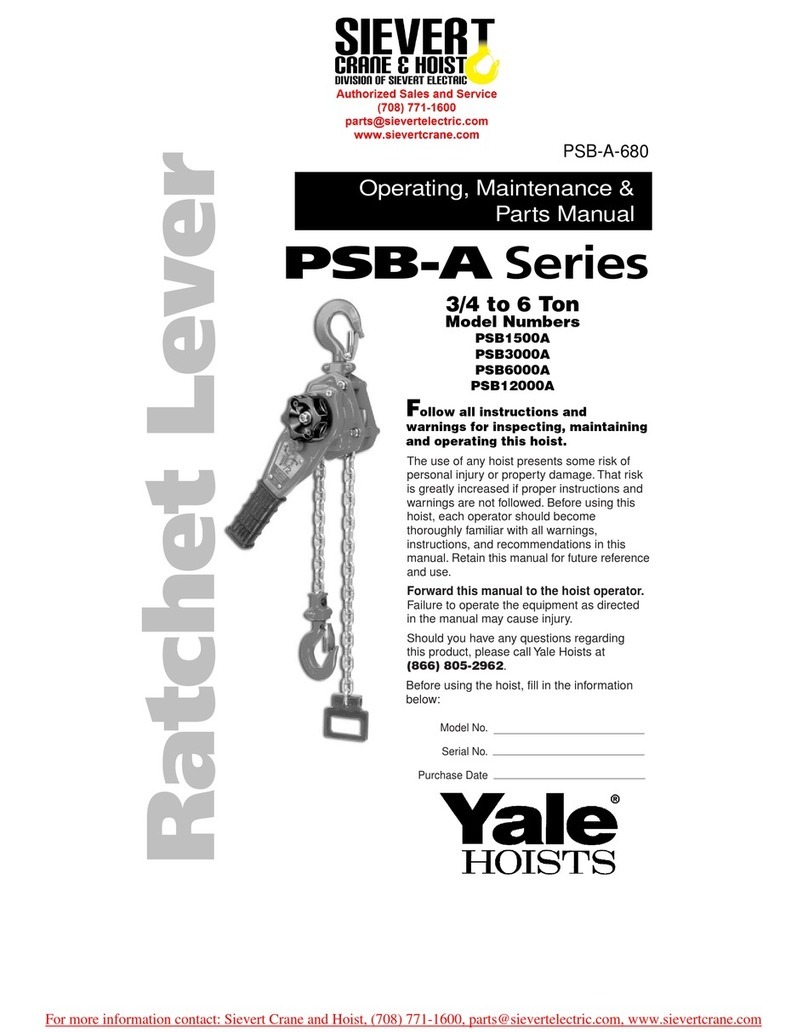Contents
1General information .......................................................................................................................................................................................... 7
1.1 Information about safety messages ............................................................................................................................................................... 7
1.1.1 Explanation of signal words and symbols................................................................... 7
1.1.2 Safety instructions........................................................................................................ 7
1.1.3 Section safety messages............................................................................................. 7
1.1.4 Embedded safety messages....................................................................................... 7
1.1.5 Safety alert symbols..................................................................................................... 8
1.1.6 Additional symbol......................................................................................................... 8
1.2 Spare parts ......................................................................................................................................................................................................... 8
1.3 Target audience and responsibilities ............................................................................................................................................................. 8
1.4 Crane logbook.................................................................................................................................................................................................... 9
1.5 Transport and storage...................................................................................................................................................................................... 9
1.6 Weight ................................................................................................................................................................................................................. 9
1.7 Installation, commissioning, maintenance and repairs............................................................................................................................... 9
1.8 After-sales service........................................................................................................................................................................................... 10
1.9 Periodic inspections ....................................................................................................................................................................................... 10
1.10 Environmental information ............................................................................................................................................................................ 10
1.10.1 Life cycle assessment................................................................................................ 10
1.10.2 Energy consumption.................................................................................................. 10
2General safety notes....................................................................................................................................................................................... 11
2.1 Use for intended purpose............................................................................................................................................................................... 11
2.2 Inappropriate use............................................................................................................................................................................................. 12
2.3 Residual hazards............................................................................................................................................................................................. 12
2.4 Organizational safety precautions................................................................................................................................................................ 13
2.5 General regulations......................................................................................................................................................................................... 13
2.6 Recommended PPE........................................................................................................................................................................................ 13
2.7 Working above floor level............................................................................................................................................................................... 14
2.8 Sound pressure level...................................................................................................................................................................................... 14
2.9 Fire safety......................................................................................................................................................................................................... 14
2.10 Safety-conscious operation........................................................................................................................................................................... 15
2.11 Attaching load.................................................................................................................................................................................................. 15
3Introduction...................................................................................................................................................................................................... 16
3.1 Incorporation.................................................................................................................................................................................................... 17
4Installation........................................................................................................................................................................................................ 18
4.1 Stationary hoist................................................................................................................................................................................................ 18
4.1.1 Attachment at bottom................................................................................................. 19
4.1.2 Attachment at top....................................................................................................... 21
4.2 Fleet angle ........................................................................................................................................................................................................ 22
4.2.1 Attachment at bottom................................................................................................. 22
4.2.2 Attachment at top....................................................................................................... 23
4.2.3 Attachment at side..................................................................................................... 24
4.2.4 Fleet angle.................................................................................................................. 24
4.2.5 Angle of installation.................................................................................................... 25
4.3 Monorail trolleys.............................................................................................................................................................................................. 25
4.3.1 Underslung trolley KE-S33 –76................................................................................ 25
4.3.2 Underslung trolley UE-S4 .......................................................................................... 27
4.3.3 Underslung trolley UE-S776...................................................................................... 29
4.3.4 Articulated trolley (DKE-S4 / DKE-S6) ...................................................................... 31
4.4 End stops for monorail trolleys..................................................................................................................................................................... 34
4.5 Double rail trolley (OE-S)................................................................................................................................................................................ 35
4.6 End stops for double rail trolleys.................................................................................................................................................................. 36
4.6.1 Wheel diameter D = 3.9 in......................................................................................... 36
4.6.2 Wheel diameter D = 4.9 - 7.9 in................................................................................. 36
4.7 Anti-jump catch (option)................................................................................................................................................................................. 37
4.7.1 Description of system................................................................................................. 37
4.7.2 Procedure................................................................................................................... 37
4.8 Travel limit switches........................................................................................................................................................................................ 40
4.8.1 Monorail trolley........................................................................................................... 40

